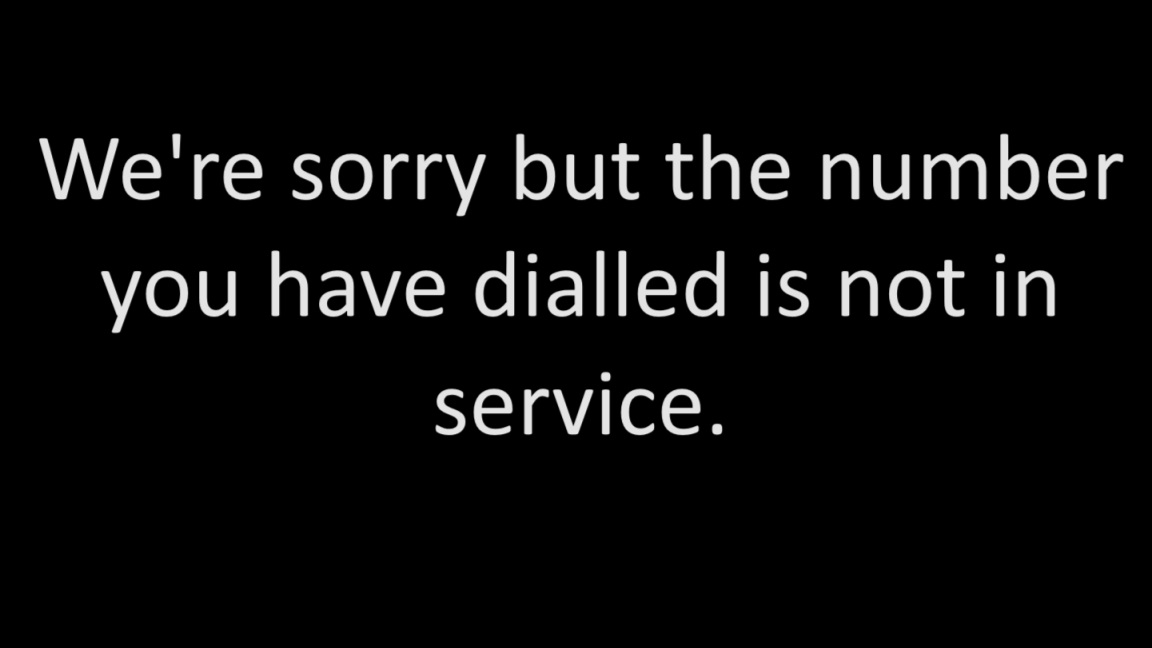
Can Satellite Comms be installed as PSTN replacement?
As of the 5th September 2023, BT Openreach are no longer providing new PSTN-based services. At the moment any existing legacy services are still use-able, however the complete switch off in December 2025 is looming. Utility companies in the UK have been highly dependent on this service over the years for SCADA and other control systems remote monitoring. These systems are part of the critical national infrastructure allowing remote data collection and processing, detecting system events and supervisory controls. Although some updates have been completed to allow for the use of structured query language (SQL) and more modern system architecture, the traditional landline remains crucial in connecting remote sites. Many companies will therefore need to find a viable replacement within this time frame, test and replace the communications on hundreds of sites being monitored.
Although BT are offering a replacement, there are alternative solutions available. There is not a ‘one size fits all solution’, therefore a thorough analysis and audit of the current asset utilising the PSTN service, needs to be completed prior to choosing the best hardware and network.
Satellite communications can serve as a viable alternative or even as an enhancement to other communication mediums, especially in areas where terrestrial infrastructure is limited or unavailable. There are many advantages to introducing satellite communications for the monitoring of SCADA systems
Global Coverage
- Satellite communication enables connectivity in remote and underserved areas where investing in fibre connectivity or the reach of cellular connectivity is not feasible.
Rapid Deployment
- Satellite modems and antennas are no longer large and difficult to install and with the increase in Low Earth Orbit constellations there is less of a concern on line of sight for a successful connection. These solutions can provide the quick deployment of communication services, making them not only suitable for SCADA, but also for emergency situations, disaster recovery, or temporary communication needs.
Reliability
- Satellite networks are often highly reliable with high availability figures and minimal downtime due to their redundancy and lack of vulnerability to terrestrial issues like cable cuts or natural disasters. Satellite networks will also be providing connectivity in the long term. Many satellites are deployed with a minimum life expectancy of 15 years, this results in solutions being deployed for long periods of time with minimum changing/ updates required.
Scalability
- Satellite networks can easily scale to accommodate growing communication needs without the need for extensive physical infrastructure expansion.
Hybrid Networks
- Hybrid networks that combine satellite and terrestrial technologies can offer the benefits of both, providing robust and resilient communication services.
Although the introduction of satellite communications does offer many advantages, there are some challenges and considerations that need to be addressed initially. One of these could be the initial setup costs. It is widely viewed that satellite costs are high/ expensive when compared to cellular or other technologies. In certain scenarios, such as in remote areas, the long-term operational costs may be more favourable compared to building and maintaining other types of communication infrastructure, however the main drivers for satellite communications will be the location and also the reliability. However it is worth noting that the advancements and increasing competition within the industry are driving the reduction in costs, both capital and operational.
Many energy and water companies will be seeing the switch off of PSTN as a complete inconvenience, bringing in extra costs and workload to an industry that is already stretched, however it could also be seen as an opportunity to review a possibly outdated system. Advancements in technology will enable the ability to improve monitoring, increase data collection and enhance security, allowing for more flexibility to network updates in the future.


